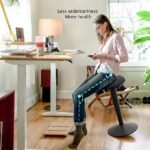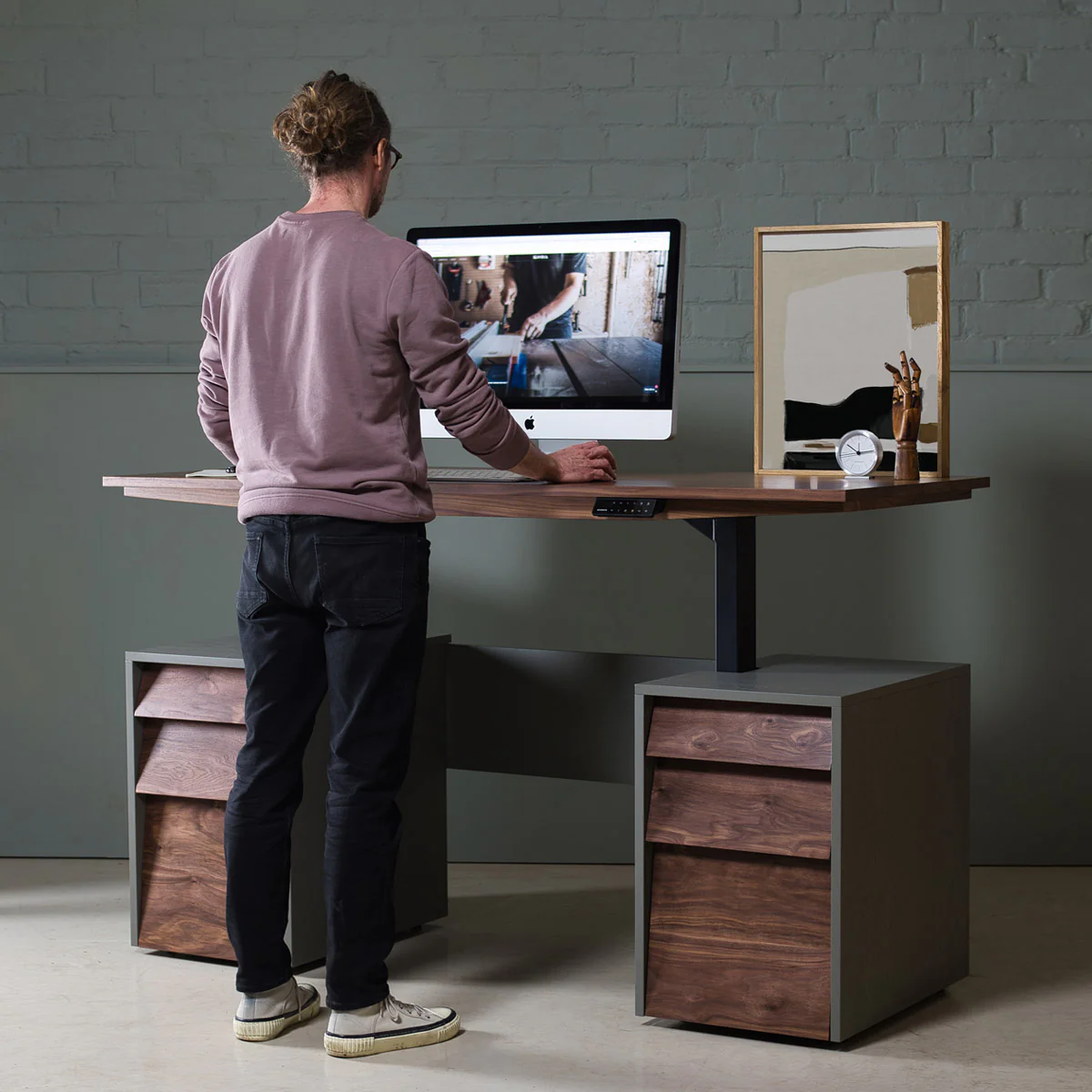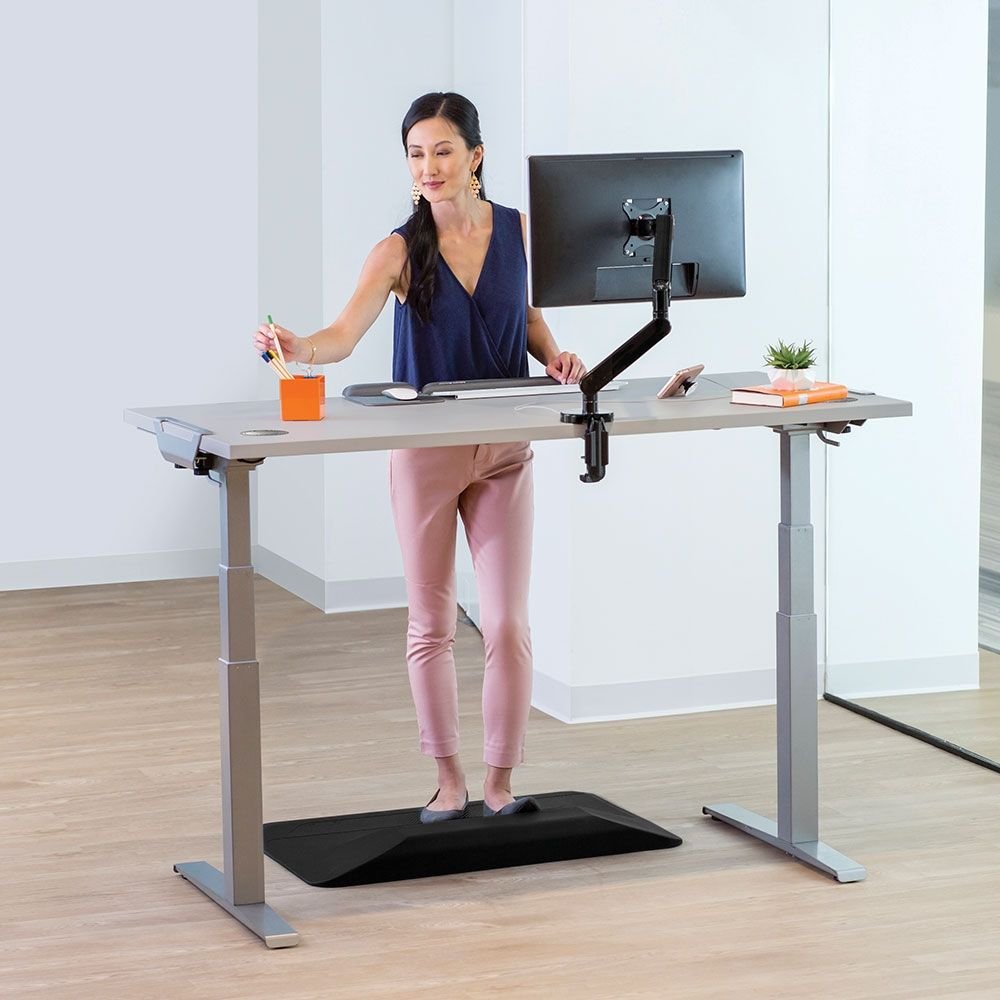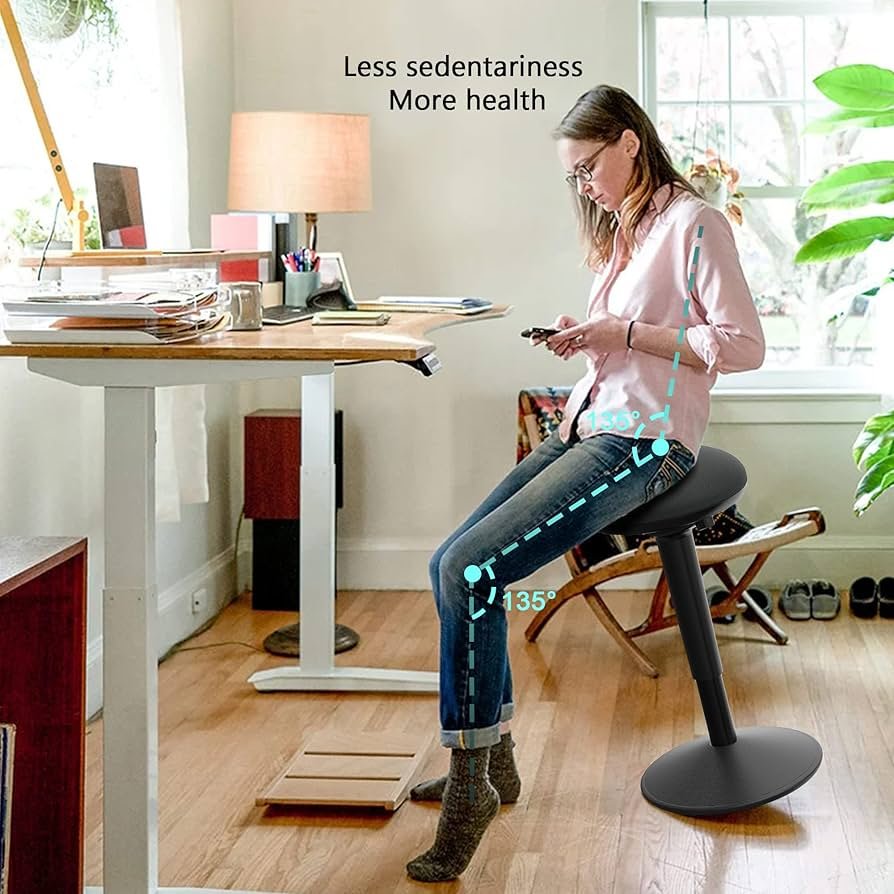Outdoor wheelchairs are specialized mobility devices designed to navigate the challenging environments found outside typical indoor settings. These wheelchairs are essential for individuals who require mobility assistance but do not want to be confined by the limitations of standard indoor wheelchairs.
The best wheelchair for outdoors offers the freedom to explore parks, trails, and other outdoor spaces with ease and confidence.
The need for outdoor-specific wheelchairs arises due to the inherent difficulties of maneuvering through rough terrains, uneven surfaces, and varying weather conditions. Traditional wheelchairs, while effective on smooth, flat surfaces, often fall short when faced with gravel paths, grassy fields, or rocky trails.
Specialized outdoor wheelchairs come equipped with features like larger wheels, enhanced suspension systems, and durable materials to withstand and adapt to these demanding environments.
Weather conditions also pose significant challenges. Rain, mud, and extreme temperatures can affect the performance of a standard wheelchair.
Outdoor wheelchairs are designed to be more resilient, often incorporating weather-resistant materials and protective coatings to ensure longevity and reliability in diverse climates. This robustness is crucial for maintaining mobility and independence, irrespective of weather changes.
Choosing the right wheelchair for outdoor activities is not merely about comfort; it’s about ensuring that individuals can maintain an active lifestyle, participate in social activities, and enjoy the natural world without unnecessary hindrances.
By investing in the best wheelchair for outdoors, users can experience a marked improvement in their quality of life. This guide will delve deeper into the various types of outdoor wheelchairs, their features, and how to select the one that best meets your needs.
Types of Wheelchairs Suitable for Outdoor Use
When selecting the best wheelchair for outdoor activities, understanding the various types of wheelchairs available is crucial. The primary categories to consider are manual wheelchairs, power wheelchairs, and all-terrain wheelchairs.
Each type offers unique features tailored to different needs and preferences, ensuring users can navigate outdoor environments comfortably and safely.
Manual Wheelchairs
Manual wheelchairs are propelled by the user or an attendant, making them a cost-effective option for outdoor use. They are lightweight, easy to transport, and typically have a foldable frame, which simplifies storage.
Many manual wheelchairs are equipped with durable wheels and robust frames to handle uneven terrain, providing a balance between maneuverability and stability. However, they require significant physical effort to operate, which might be a drawback for users with limited upper body strength.
Power Wheelchairs
Power wheelchairs, driven by electric motors, offer a convenient solution for those who require assistance with mobility. These wheelchairs are designed with various features such as adjustable seating, suspension systems, and larger batteries to extend the range. Power wheelchairs are ideal for outdoor use due to their ability to traverse different surfaces with ease.
Users can navigate inclines, grass, gravel, and other challenging terrains without exerting physical effort. Despite their advantages, power wheelchairs tend to be heavier, more expensive, and require regular maintenance.
All-Terrain Wheelchairs
All-terrain wheelchairs are specifically engineered for outdoor adventures. These wheelchairs boast larger, wider wheels, enhanced suspension systems, and stronger frames to tackle rugged landscapes, including beaches, forests, and mountains.
Some models come with additional features like hand levers for manual propulsion over difficult terrain. All-terrain wheelchairs provide unparalleled freedom for exploring the outdoors, but they are often bulkier and more costly compared to standard manual or power wheelchairs.
Selecting the best wheelchair for outdoors involves weighing factors such as the user’s physical capabilities, the types of terrain they plan to navigate, and budget constraints. By understanding the unique benefits and limitations of each type, individuals can make an informed decision to enhance their outdoor mobility experience.
Key Features to Look for in an Outdoor Wheelchair
When selecting the best wheelchair for outdoors, it is crucial to consider several key features that ensure durability, comfort, and performance. The fundamental element to focus on is robust and durable construction.
Outdoor wheelchairs must withstand various terrains and weather conditions, necessitating a frame built from high-quality materials such as aluminum or steel. These materials provide the necessary strength while maintaining a manageable weight for ease of maneuverability.
Equally important are large and rugged wheels, which significantly impact the wheelchair’s ability to traverse different surfaces. Pneumatic tires, often found on outdoor wheelchairs, offer better shock absorption and traction, making them ideal for uneven terrains such as gravel paths and grassy fields.
The enhanced suspension systems in these wheelchairs further contribute to a smoother ride by absorbing shocks from rough surfaces, thereby reducing discomfort for the user.
Weather-resistant materials are another critical feature to look for. Outdoor exposure can lead to wear and tear, so choosing a wheelchair with weatherproof fabrics and rust-resistant components can prolong its lifespan. These materials ensure that the wheelchair remains in good condition despite exposure to elements like rain or sun.
Comfort during extended outdoor use is also paramount. Adjustable seating allows users to customize their seating position for optimal comfort and support. Features such as recline functions, adjustable footrests, and headrests can make a significant difference in preventing fatigue and discomfort during prolonged use.
Additionally, an ergonomic design that supports natural posture can enhance user comfort and reduce strain on the body.
Overall, when looking for the best wheelchair for outdoors, prioritizing these key features will ensure that the wheelchair not only meets the demands of outdoor environments but also provides a comfortable and durable solution for the user.
By focusing on robust construction, suitable wheels, weather-resistant materials, and ergonomic comfort, one can make an informed decision that enhances outdoor mobility and quality of life.
Top Brands and Models for Outdoor Wheelchairs

When it comes to selecting the best wheelchair for outdoors, certain brands and models stand out due to their innovation, reliability, and customer satisfaction. Among the most esteemed brands in the market are Permobil, Quickie, and Invacare, each offering a range of outdoor wheelchairs designed to enhance mobility and independence.
Permobil is renowned for its high-quality, durable wheelchairs that are designed to handle various terrains. The Permobil F5 Corpus VS, for instance, is a standout model that combines advanced suspension systems with ergonomic seating, providing exceptional stability and comfort.
Customer reviews frequently praise its battery life and smooth ride, making it a top choice for outdoor use.
Quickie, a brand under Sunrise Medical, is another leading name in the outdoor wheelchair market. The Quickie Q700 M is particularly noteworthy, featuring a mid-wheel drive that ensures superior maneuverability on uneven surfaces.
Its Sedeo Pro seating system offers customizable support, and users often highlight its robust construction and ease of control as significant benefits.
Invacare’s outdoor wheelchairs are also highly regarded for their performance and reliability. The Invacare TDX SP2 Power Wheelchair is a prime example, equipped with a patented SureStep suspension and stability lock technology that allows it to traverse challenging environments with ease.
Reviews frequently mention its powerful motors and intuitive joystick controls, which enhance the user experience during outdoor activities.
These brands and models are just a few examples of the options available when searching for the best wheelchair for outdoors. Each brings unique features and strengths to the table, ensuring that users can find a wheelchair that meets their specific needs and preferences.
By considering these reputable brands and their top models, individuals can make informed decisions and enjoy greater freedom and mobility in their outdoor pursuits.
Customizing Your Outdoor Wheelchair
Customization is paramount in ensuring that an outdoor wheelchair meets the unique needs and preferences of the user. One of the critical aspects of customization is selecting the right tires.
Specialized tires designed for rugged terrains, such as all-terrain or pneumatic tires, can significantly enhance the wheelchair’s performance on various surfaces. These tires provide better traction and shock absorption, ensuring a smoother and more comfortable ride.
Another essential customization option is additional cushioning. Outdoor environments can be unpredictable, and prolonged use of a wheelchair on rough surfaces can cause discomfort.
Adding extra cushioning, such as gel or memory foam cushions, can alleviate pressure points and provide enhanced support. This not only improves comfort but also helps in preventing pressure sores, which are a common concern for wheelchair users.
For those using power wheelchairs, personalized controls are a crucial customization feature. Advanced control systems, such as joystick or sip-and-puff controls, can be tailored to the user’s specific needs and capabilities.
These controls offer greater maneuverability and ease of use, making it easier to navigate through different outdoor settings. Additionally, programmable controls can be adjusted to respond to the user’s preferred sensitivity and speed, providing a more personalized and responsive experience.
Consulting with healthcare providers and mobility experts is indispensable when customizing an outdoor wheelchair. These professionals can offer valuable insights and recommendations based on the user’s medical condition and lifestyle needs.
They can assist in evaluating the best wheelchair for outdoors, ensuring that all customization options are optimized for maximum functionality and comfort.
In conclusion, the best wheelchair for outdoors should be tailored to meet the specific requirements of the user. From specialized tires and additional cushioning to personalized controls, every customization detail contributes to enhancing the overall outdoor experience.
Collaborative consultation with healthcare providers and mobility experts ensures that the chosen modifications are both practical and beneficial, ultimately leading to a more fulfilling and comfortable outdoor journey.
Maintenance Tips for Outdoor Wheelchairs
Proper maintenance is essential for ensuring that the best wheelchair for outdoors continues to deliver optimal performance and longevity. Regular upkeep not only enhances the wheelchair’s functionality but also ensures user safety and comfort. Below, we provide practical advice on how to care for and maintain your outdoor wheelchair effectively.
Firstly, regular cleaning is a fundamental aspect of maintenance. Outdoor wheelchairs are exposed to various elements such as dirt, mud, and debris, which can accumulate and affect performance.
Use a damp cloth to wipe down the frame, seat, and wheels after each use. For more thorough cleaning, a mild soap solution can be employed. Ensure that all cleaning agents are non-abrasive to prevent damage to the wheelchair’s surfaces.
Secondly, checking and maintaining tire pressure is crucial. The tires on an outdoor wheelchair need to be adequately inflated to provide a smooth ride over diverse terrains. Under-inflated tires can make maneuvering difficult and increase the risk of punctures.
Use a pressure gauge to check the tire pressure regularly and inflate the tires to the manufacturer’s recommended levels. This simple step can significantly enhance the wheelchair’s performance.
In addition, inspecting and lubricating moving parts is vital for smooth operation. Components such as the wheels, axles, and joints should be regularly examined for signs of wear and tear.
Apply a suitable lubricant to these parts to reduce friction and prevent rust. Be sure to follow the manufacturer’s guidelines regarding the type of lubricant to use.
Storing the wheelchair in a safe, dry place is another key element of maintenance. Exposure to moisture can lead to rust and corrosion, which can compromise the wheelchair’s integrity.
When not in use, keep the wheelchair in a sheltered location away from direct sunlight and rain. If possible, use a protective cover to shield it from dust and other environmental factors.
Finally, troubleshooting common issues promptly can prevent minor problems from escalating. Regularly check for loose screws, worn-out tires, and malfunctioning brakes. Addressing these issues immediately will help maintain the wheelchair’s reliability and extend its lifespan.
Real-Life Experiences: Testimonials from Outdoor Wheelchair Users
Choosing the best wheelchair for outdoors is a crucial decision for many, as it significantly impacts the quality of life and independence of the user. To provide a deeper understanding, we have gathered testimonials from individuals who regularly use outdoor wheelchairs, sharing their personal experiences, insights, and practical tips.
Emily, a nature enthusiast from Oregon, shares her experience with the all-terrain model she uses. “I love hiking and exploring the great outdoors, and my all-terrain wheelchair has been a game-changer.
It handles rough trails and uneven surfaces incredibly well, allowing me to go places I never thought possible. The sturdy build and large tires provide stability, which is essential when navigating through woods or rocky paths.”
John, an avid traveler from Texas, highlights the importance of portability and durability. “As someone who loves to travel, having a robust yet lightweight wheelchair is paramount. My current model folds easily and fits in the car trunk without much hassle. It’s made of durable materials that withstand different weather conditions, making it the best wheelchair for my outdoor adventures.”
Sophia, an urban dweller from New York City, emphasizes the significance of maneuverability in crowded places. “Living in a bustling city, I need a wheelchair that is easy to maneuver through crowded streets and parks.
My wheelchair’s compact design and responsive controls make navigating through busy sidewalks or tight spaces a breeze. It’s also important that it’s comfortable for extended use, as I often spend hours outdoors.”
Tom, a sports enthusiast from Colorado, discusses the benefits of a specialized sports wheelchair. “For someone like me who loves playing wheelchair basketball and other outdoor sports, a specialized sports wheelchair is essential.
It provides the agility and speed needed for sports activities while also being durable enough to handle outdoor conditions. It’s truly the best wheelchair for my active lifestyle.”
These testimonials highlight that the best wheelchair for outdoors varies depending on individual needs and preferences.
Whether it’s for hiking, traveling, urban exploration, or sports, there is an outdoor wheelchair model that can enhance the user’s experience and independence. Listening to the experiences of others can help you make a more informed decision when selecting the right wheelchair for your outdoor needs.
Conclusion: Making the Right Choice for Your Outdoor Mobility
Choosing the best wheelchair for outdoors is a critical decision that can significantly impact your mobility, independence, and quality of life. As we have explored in this comprehensive guide, several factors must be considered to ensure you select a wheelchair that meets your specific needs and lifestyle. These factors include terrain compatibility, durability, ease of transport, and comfort.
Understanding the types of terrains you will frequently encounter is crucial. Whether you plan to navigate urban sidewalks, rural paths, or rugged trails, the wheelchair’s design and features should align with these environments. Opt for models with robust tires, strong frames, and suitable suspension systems to tackle diverse outdoor conditions effectively.
Durability is another essential aspect. Outdoor wheelchairs are exposed to various elements, making it imperative to choose a model constructed from high-quality materials that can withstand different weather conditions and rough use.
Additionally, ease of transport is vital, especially if you need to load the wheelchair into a vehicle or travel frequently. Look for foldable designs that offer convenience without compromising stability and performance.
Comfort should never be overlooked. Since outdoor adventures might involve prolonged periods of sitting, ensure that the wheelchair provides adequate support and cushioning. Adjustable features, such as seat height and backrest angle, can enhance comfort and adaptability to various activities.
Ultimately, while this guide provides a foundation for understanding what to look for in the best wheelchair for outdoors, consulting with healthcare professionals and mobility experts can provide personalized insights and recommendations.
Testing different models is also highly advisable, as firsthand experience can reveal subtle differences in usability and comfort that specifications alone may not capture.
By carefully considering these factors and seeking expert guidance, you can confidently choose the best wheelchair for your outdoor mobility needs, ensuring enhanced freedom and enjoyment in your daily life and adventures.









